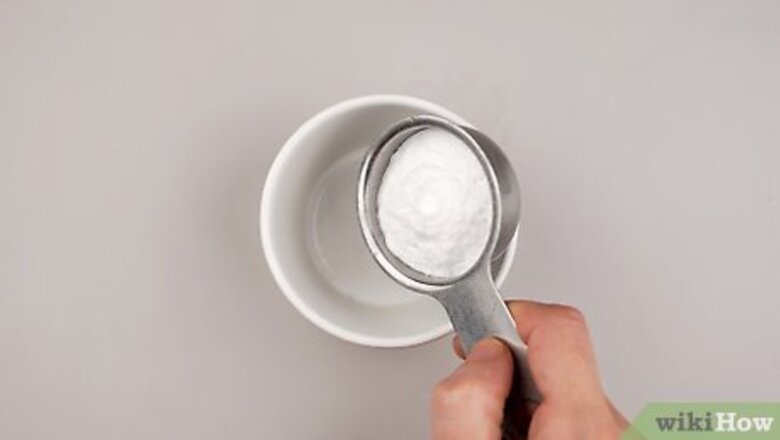
views
X
Research source
In World War I, soldiers would use crushed aspirin mixed with water to make invisible ink.[2]
X
Research source
Soldiers have even used their own sweat and saliva to write secret messages in times of war.[3]
X
Research source
It doesn’t take state-of-the-art technology of magic to make invisible ink, and you can do it today. Using common baking soda and a regular light bulb, you can write and reveal hidden messages just like legendary secret agents and historic soldiers.
Writing a Secret Message with Baking Soda

Mix baking soda and water. Making a solution suitable for invisible ink will take almost equal parts baking soda and water. For the best results, you want to mix as much baking soda as you can into a small bowl of water. Add a little baking soda at a time and mix slowly to fully saturate the water. 1/4 cup (60 mL) of water will hold 3 tablespoons (43.2 grams) of baking soda. If your “ink” has deposits of baking soda that won’t dissolve, the solution is over saturated. Just work backwards: add a little water at a time until the baking soda dissolves completely.
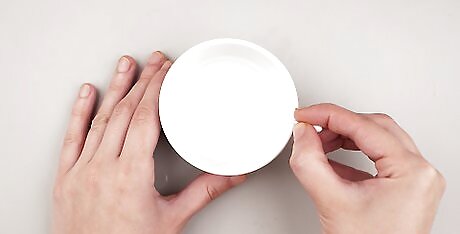
Dab a small brush or cotton swab into the solution. Treat the baking soda mixture as you would ink or watercolor paint and load up only a little of the solution at a time.
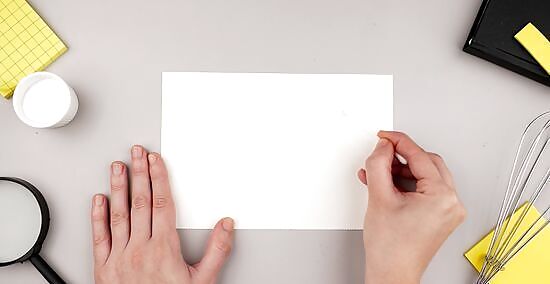
Write your message on white paper. Using the brush or swab, write your message in clear block letters on a piece of paper. Make sure you write your letters large enough to be legible. The water will bleed into the paper, distorting the letters, so practice using your brush or swab ahead of time. Consider writing your message in code for added security. For example, a simple substitution code replaces each letter of the alphabet with another letter or a number in a pattern set ahead of time. A regular index card makes a great surface for short messages.

Allow the “ink” to dry. You want the message to dry without leaving signs that the paper has been tampered with. For better results, try the following: Press the page between heavy books or other weights. Add a few pieces of paper above and below the page carrying the message so excess moisture does not ruin the books that you use for weight. Hang the paper. Photographers hang developing prints to let them dry because gravity will help keep the paper from warping. You can use the same trick by using clothes pegs to hang your message. If you use a heavy, high-quality paper or cardstock to carry your message, the thicker paper will warp less than standard copier paper.
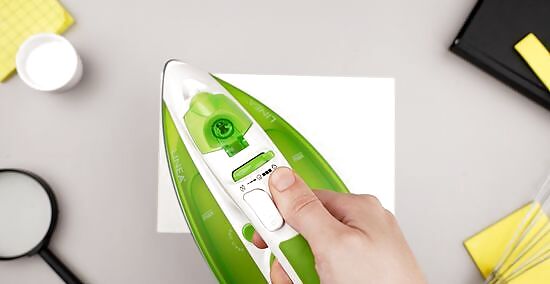
Consider steaming the page. When you write your message on the page, the watery “ink” will warp the paper, leaving marks that are visible even after the paper dries. By lightly steaming the page, you can hide all evidence that the paper has been tampered with, which increases the chance your message will go undetected. There are two good methods for steaming your secret message: Boil water in an electric kettle or a large pot and hold the page near the rising steam. Steam is extremely hot (hotter than boiling water) so use kitchen tongs or a similar utensil to hold the page. Use an iron on the lowest steam setting. Keep your fingers safe from the steam and lightly iron the page. If you do steam the page, be sure to use one of the advanced drying methods listed above.
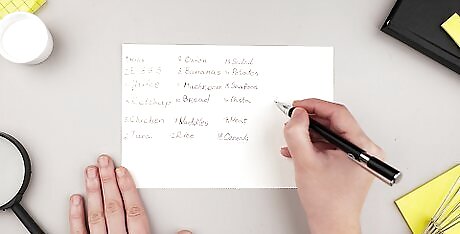
Consider writing a decoy message on the dry paper in pen or pencil. If your message is intercepted before delivery, an empty page would look suspicious. After all, who would go through the trouble of delivering a blank piece of paper? By writing a decoy message on the page, you can throw enemies off your trail. For instance: Writing a grocery list over your secret message is a classic spy trick. Nobody suspects the humble shopping list. If you plan on revealing your secret message with a liquid method (grape or red cabbage juice), don’t write your decoy message in pen! The ink from the pen will bleed across the page when you apply the wash.
Revealing Your Invisible Ink with Heat

Expose your message to a source of heat. It takes a good amount of heat to oxidize the carbon in the baking soda enough to reveal your message, which means you need a safe but strong source of direct heat. Several household heating elements can work. For example: An incandescent light bulb works. You will need to hold the message near a hot bulb for several minutes to heat the baking soda enough. A traditional stove is another idea. Be careful holding a piece of paper too close to hot coils, which could also start a fire. Hair dryers can be turned up to a high heat and waved evenly over the page. A dry iron can reveal the letters of your message as well. Avoid using a steam setting and draw the hot iron over your paper slowly and evenly. You could place your message on a baking try and put it in an oven set to 250 °F (121 °C), checking every few minutes for your letters to appear. Laying your page on an old-fashioned radiator or the top of a toaster can work too. Pay attention to the paper at all times to reduce the risk of accidental flames.
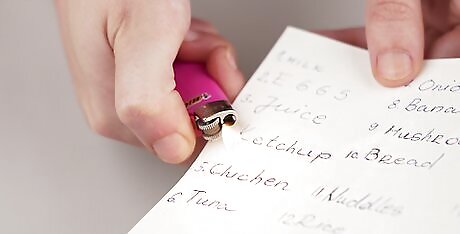
Be careful to avoid catching your page on fire. Paper is flammable, and holding your page close to direct heat means a chance for accidental flames. Choose the method of heating you feel safest with and avoid using any open flames if possible. Halogen bulbs emit more heat than standard incandescent bulbs and increase the risk of fire. Stoves will heat up slowly but eventually become very hot. Use kitchen tongs to hold your message and avoid getting the paper too close to the coils.
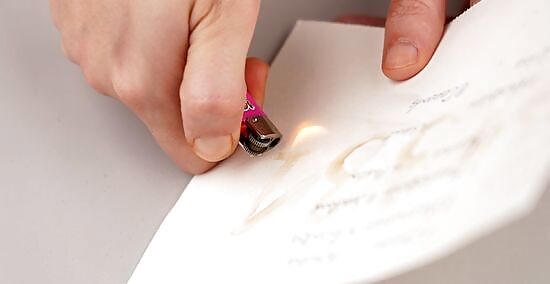
Slowly heat your page carrying the secret message. Whatever method you use for heating the page containing the invisible ink, work slowly to ensure you heat the paper only as much as necessary. Move your page over the heat source to avoid one place on the paper from getting too hot. It can take several minutes for your letters to appear, depending on the amount of heat you apply, the thickness and texture of the paper, and the saturation of the "ink" you made.
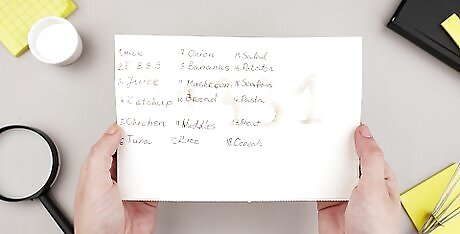
Read the message that appears in brown letters on the page. As the paper warms up, your message will reappear on the page as though being burned into the paper itself. The letters appear brown because sodium bicarbonate (baking soda) is broken down into its parts when heated, allowing the carbon in the baking soda to become oxidized when it touches the air. Oxidation is the same reason the flesh of an apple turns brown after sitting out.
Revealing Your Invisible Ink with Grape Juice

Thaw grape juice concentrate in a bowl. The best grape juice to use for revealing your invisible ink is the concentrated kind, which often comes frozen. Concentrated juice contains more acid and will create a stronger reaction with the baking soda in the invisible ink. You can use any dark, acidic liquid such as cherry or blackcurrant juice or balsamic vinegar to reveal your message.
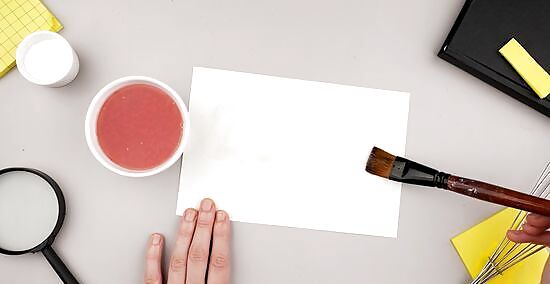
Dab or wash the grape juice concentrate over the page. Dip a sponge or paintbrush into the concentrate and wash the new “decoder ink” evenly over the page that contains your message. Be careful painting with grape juice; it stains. Don’t use the same cotton swab or paintbrush you used to write the message.
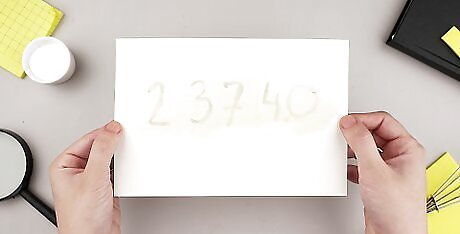
Read the message that appears in gray letters on the page. As you paint over the surface of the paper, your letters will reappear before your eyes. The letters appear gray because an acid-base reaction occurs between the basic baking soda and acidic grape juice.
Revealing Your Invisible Ink with Red Cabbage Juice
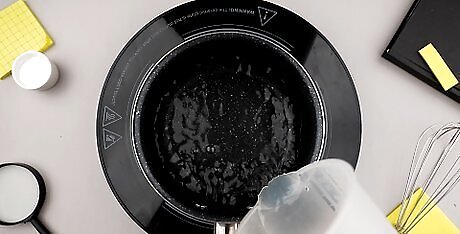
Boil 2 cups (470 ml) of water. Using a stovetop kettle, electric teapot, or microwave, heat up 2 cups (470 ml) of water. The water does not need to be boiling hot; however, the hotter the water is, the better your concentrated “decoder ink” will work.

Soak red cabbage leaves in the hot water. Place 10-15 cabbage leaves in a large bowl and pour the hot water over them. Let the leaves soak for a full hour as the water cools. You should see the pigment of the cabbage bleeding into the water over time. For the best results, all of the leaves should be submerged in the water.

Strain out the cabbage leaves. After the water has cooled, use kitchen tongs or a colander to separate the leaves from the juice. Store your red cabbage “decoding ink” in the freezer. If you let cabbage juice sit in the fridge, it will rot and smell awful.
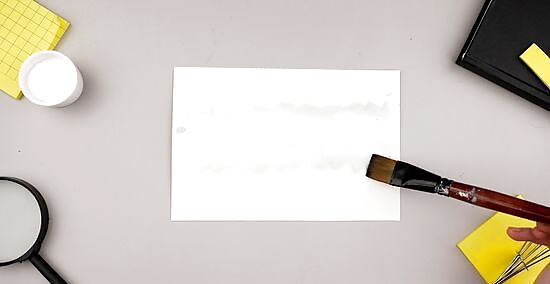
Dab or wash the red cabbage juice over the page. Dip a sponge or paintbrush into the bowl of red cabbage juice and wash the liquid evenly over the paper that contains your message.
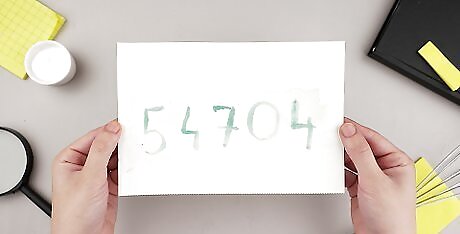
Read the message that appears in blue letters. As you coat the paper, your letters will appear in a greenish-blue color on the page. The letters appear this color because red cabbage juice works as a pH indicator and detects the basic baking soda. If the message had been written with lemon juice, which is an acid, the letters would have appeared pink instead of greenish-blue.



















Comments
0 comment